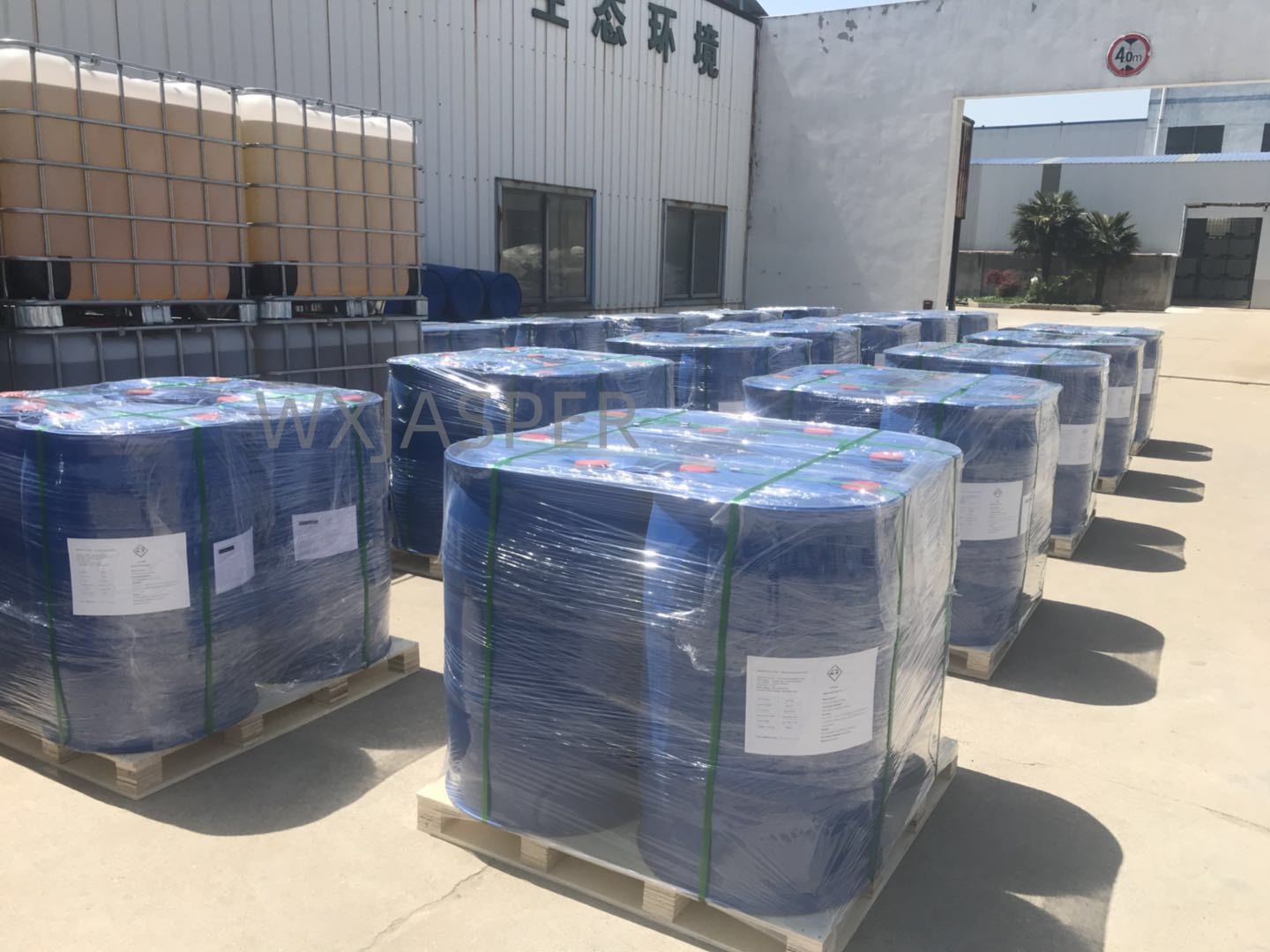Your Location:Home > Products > Solvents > HYDRAPOL RP90



CasNo: 68551-17-7
MF: C10H22
Appearance: liquid
Delivery Time: 15 days
Packing: 200kg/drum
Purity: 99%
| Index Item | Standard Range | Description |
|---|---|---|
| Appearance (25℃) | Clear to slightly turbid liquid | No stratification, sedimentation, or visible impurities |
| pH Value (1% aqueous solution, 25℃) | 5.5-8.0 | Neutral range, compatible with most formulation systems |
| Viscosity (20℃) | 150-165 mPa·s | Good fluidity, easy for metering and mixing |
| Specific Gravity (20℃) | 0.990-0.995 g/cm³ | Close to water density, easy to disperse in aqueous solutions |
| Pour Point | 14-18℃ | Appropriate heating required in low-temperature environments to maintain fluidity |
| Biodegradability (28 days) | ≥90% | Rapidly degradable, no environmental accumulation risk |
| Solubility | Soluble in water, ethanol, propylene glycol | Insoluble in mineral oil and kerosene; dispersible in vegetable oil |
Core Functions:
Typical Application Fields: